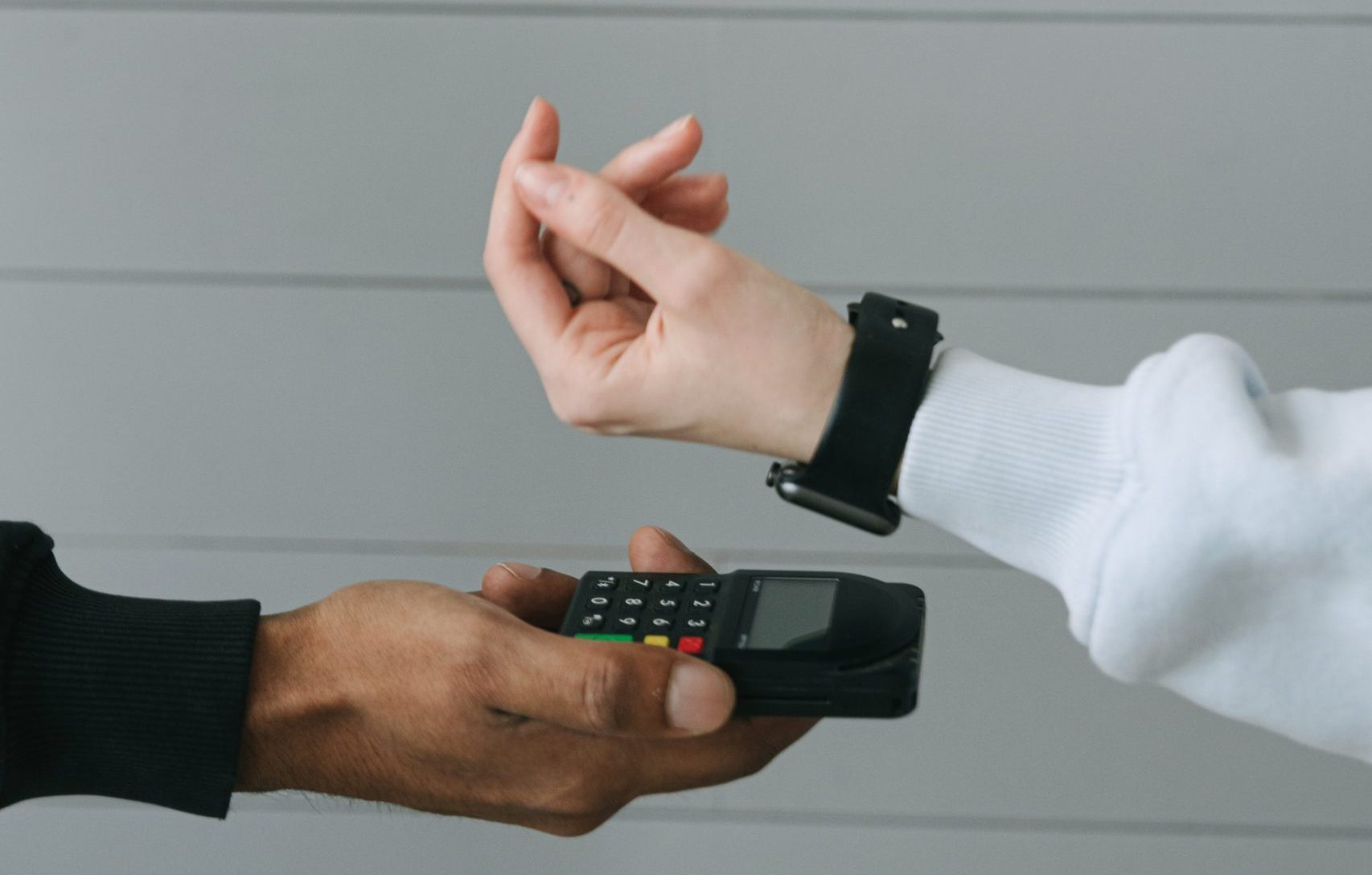The landscape of commerce in the Philippines is currently undergoing a transformative shift, propelled by the dynamic growth of e-commerce. The burgeoning of this sector is much more than just a passing trend; experts concur that it is reshaping how companies in the country operate and what modern customers expect from the businesses they buy from. According to GlobalData, e-commerce sales in the country will likely add up to around PHP 969 billion by 2026, largely driven by rising consumer preference for shopping on digital platforms. The same study would tag the Philippines as one of the fastest-growing e-commerce markets in Southeast Asia.
Numerous factors make the Philippines an especially fertile seedbed for e-commerce, among them a relatively young, technologically adept population and high mobile and internet penetration rates in most parts of the country.
To illustrate, a 2021 study by DataReportal shows that more than 67% of the population at the time was engaged online and spent an average of over 10 hours a day on the internet. This high rate of digital immersion naturally supports an increasing predilection for online shopping and other similar activities.
The rise of e-commerce in the Philippines indicates an exciting cultural shift towards a digital-first economy. This article aims to pinpoint key strategies the government and its private partners can harness to take advantage of this shift and unlock the industry’s full potential.
Digital Infrastructure Investments
As the country’s economic activities move online, the need for reliable and fast internet connectivity will only grow. Hence, enhancing digital infrastructure is no mere technical upgrade but an investment in the very backbone of the modern economy. For e-commerce to thrive, both consumers and businesses require an online environment that is efficient, dependable, and accessible to all.
Investments in digital infrastructure have far-reaching implications. They facilitate smoother online transactions and open new markets, especially in rural and underserved areas. In partnership with private stakeholders, the government has a pivotal role in spearheading these improvements. By expanding broadband coverage, improving internet speed, and stabilizing local network connections, the Philippines can create a more inclusive digital economy where e-commerce becomes a viable option for more people and businesses.
Financial Incentives for E-Commerce Startups
The e-commerce landscape is ripe with opportunities, but navigating it can be challenging, especially for new entrants. Financial incentives such as grants, tax breaks, and subsidized loans can significantly help lower startup entry barriers. These provide smaller business entities with much-needed financial aid—and, more importantly, help catalyze innovation and entrepreneurship in the e-commerce sector.
Encouraging new e-commerce ventures is essential for fostering a competitive and diverse market. For one, it allows businesses to introduce more innovative business models, provides customers with more choices, and opens up the possibility of catering to more niche markets. Furthermore, startups often introduce fresh ideas and technologies that can drive the entire industry forward. By offering the abovementioned incentives, the public and private sectors can create a nurturing environment where e-commerce startups can flourish.
Business Education and Training Programs
E-commerce businesses require competent and well-trained people behind them to succeed. In a digital economy, entrepreneurs need knowledge specific to e-commerce just as much as traditional business acumen. Training programs tailored for the industry can empower entrepreneurs and business owners with the necessary insight and tools to thrive in an online marketplace. These programs can cover various topics, from digital marketing and data analytics to customer service and e-commerce platform management.
The government can develop and disseminate these training programs in collaboration with educational institutions and private sector partners. It’s also worth noting that such education initiatives are just as beneficial for consumers as business owners. Increasing digital literacy among consumers can lead to more informed purchasing decisions and a higher comfort level with online transactions.
Strengthening of the Payments Ecosystem
Digital payment methods are rapidly gaining traction in the Philippines, and it is now imperative to develop and strengthen this payment ecosystem further. This involves making more digital payment options available to businesses and their customers and going the extra mile to ensure that these methods are secure, reliable, and user-friendly. A diversified payment landscape that includes electronic wallets, QR code payments, bank transfers, and credit/debit card transactions can capture the broadest possible range of consumer preferences.
Consumer confidence in the e-commerce system depends heavily on their trust in the security of their financial data. To this end, the government and regulatory bodies must establish comprehensive guidelines and frameworks to secure online transactions. Meanwhile, partnerships between financial institutions, fintech companies, and e-commerce platforms can lead to the development of more innovative payment solutions.
Logistics and Supply Chain Improvements
Effective logistics and supply chain management are the linchpins of a successful e-commerce industry. This is particularly true in archipelagic countries like the Philippines, where logistics providers face the challenge of delivering goods across multiple islands. Necessary improvements can include optimizing delivery routes, reducing shipping times, and employing reliable delivery partners—all of which improve the customer experience and the overall operational efficiency of involved businesses.
The government can facilitate logistics and supply chain management improvements by investing in infrastructure developments like better road networks and port facilities. It is helpful to consider policies that encourage innovation in logistics, such as same-day shipping or advanced warehouse management systems. Finally, closer collaboration between e-commerce platforms, logistics companies, and local government units can lead to more localized solutions addressing specific logistical challenges.
At its core, the e-commerce boom reflects Philippine society’s readiness to adapt to the demands of the digital age. Hence, as stakeholders contemplate the above strategies, they must ask themselves how to succeed today and how to shape a sustainable and inclusive e-commerce ecosystem for future generations. The journey towards a digitally empowered Philippines is just beginning, and the decisions key players make now will echo far into the future of its economy and society.


